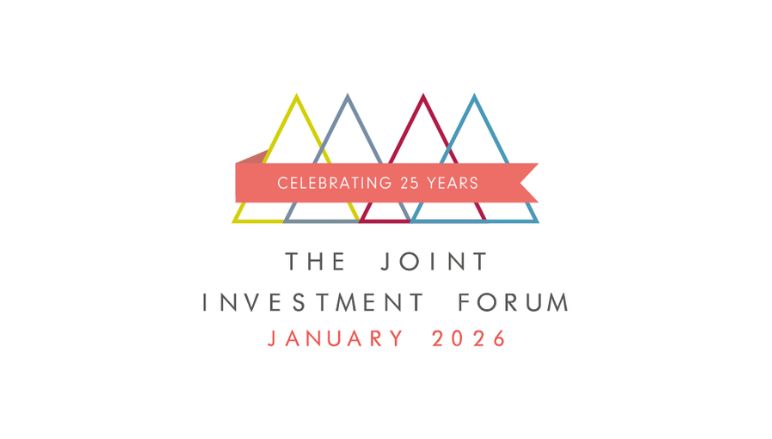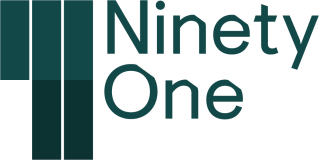US markets were boosted in July by better-than-expected corporate earnings for the second quarter. In particular, strong earnings from the technology sector – including Microsoft – drove markets higher.
- President Trump announced fresh tariffs at the end of July
- The US reached trade agreements with the EU and Japan
- The Fed left rates unchanged at 4.25%-4.5%
Tech drives US: US markets were boosted in July by better-than-expected corporate earnings for the second quarter. In particular, strong earnings from the technology sector – including Microsoft – drove markets higher: the Nasdaq Index rose by 3.7% over the month, while the Dow Jones Industrial Average Index edged up by 0.1%. The S&P 500 Index posted ten new closing highs during July, prompting speculation over the possibility of a ‘bubble’.
“The S&P 500 Index posted ten new closing highs during July”
Tariffs continue to garner headlines: early in July, President Trump delayed plans to impose higher levies on imports into the US, announcing a new deadline of 1 August. He subsequently announced a raft of fresh tariffs at the end of July, including levies of 50% on Brazil, 35% on Canada, 25% on South Korea, and the lowest rate of 10% on the UK. Meanwhile, Congress passed President Trump’s controversial “One Big Beautiful Bill”, which was subsequently signed into law on 4 July.
The EU and Japan reached trade deals with the US: the US and EU successfully reached a trade agreement: the US will levy a tariff of 15% on EU goods. European equity markets dipped in response amid concerns that the deal could curb the region’s growth. The European Central Bank left its key interest rate unchanged at 2% in July, and the Dax Index rose by 0.6% over the month. Elsewhere, Japan and the US agreed a trade deal of 15% on the import of Japanese goods to the US. The news provided support for Japanese carmakers, driving the Nikkei 225 Index to a new high. Over July as a whole, the Nikkei 225 Index rose by 1.4%.
Signs of dissent in the FOMC: the Federal Reserve (Fed) left its key federal funds rate unchanged at 4.25%-4.5%; however, two officials voted for a cut of 0.25 percentage points – the first time since 1993 that the Federal Open Market Committee has had two dissenting members. President Trump continued his criticism of Fed Chair Jerome Powell; meanwhile, Chair Powell alluded to the impact of ongoing trade uncertainty, commenting: “Changes to government policies continue to evolve, and their effects on the economy remain uncertain.” Having contracted by 0.5% in the first three months of 2025, the US economy expanded at an annualised rate of 3% during the second quarter, although this reflected a decline in imports as President Trump’s tariffs took effect.
















